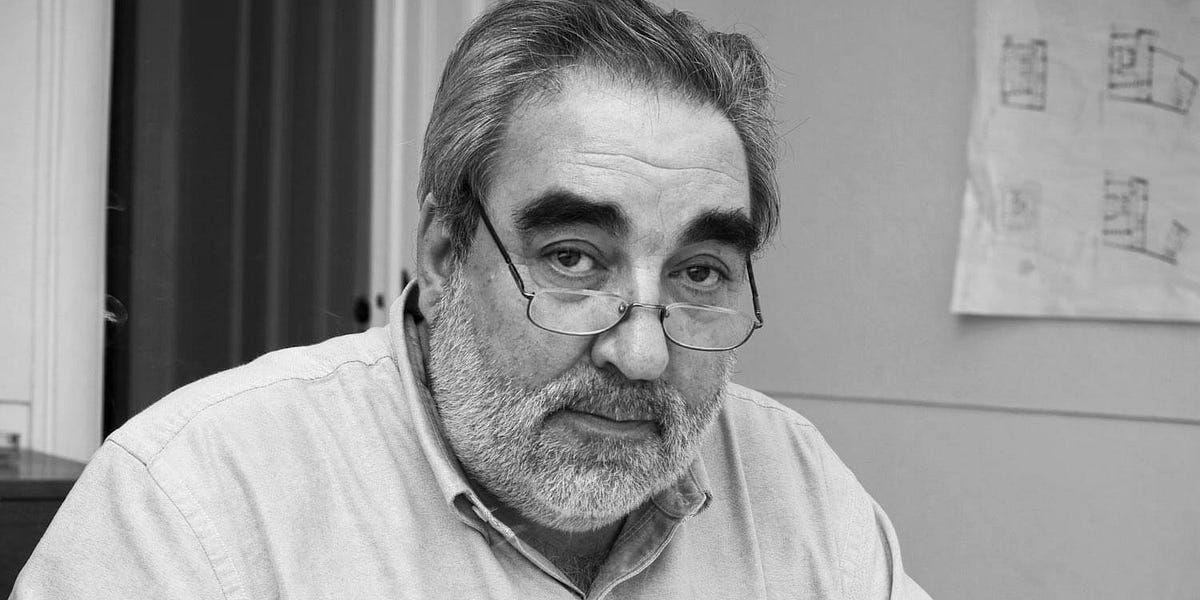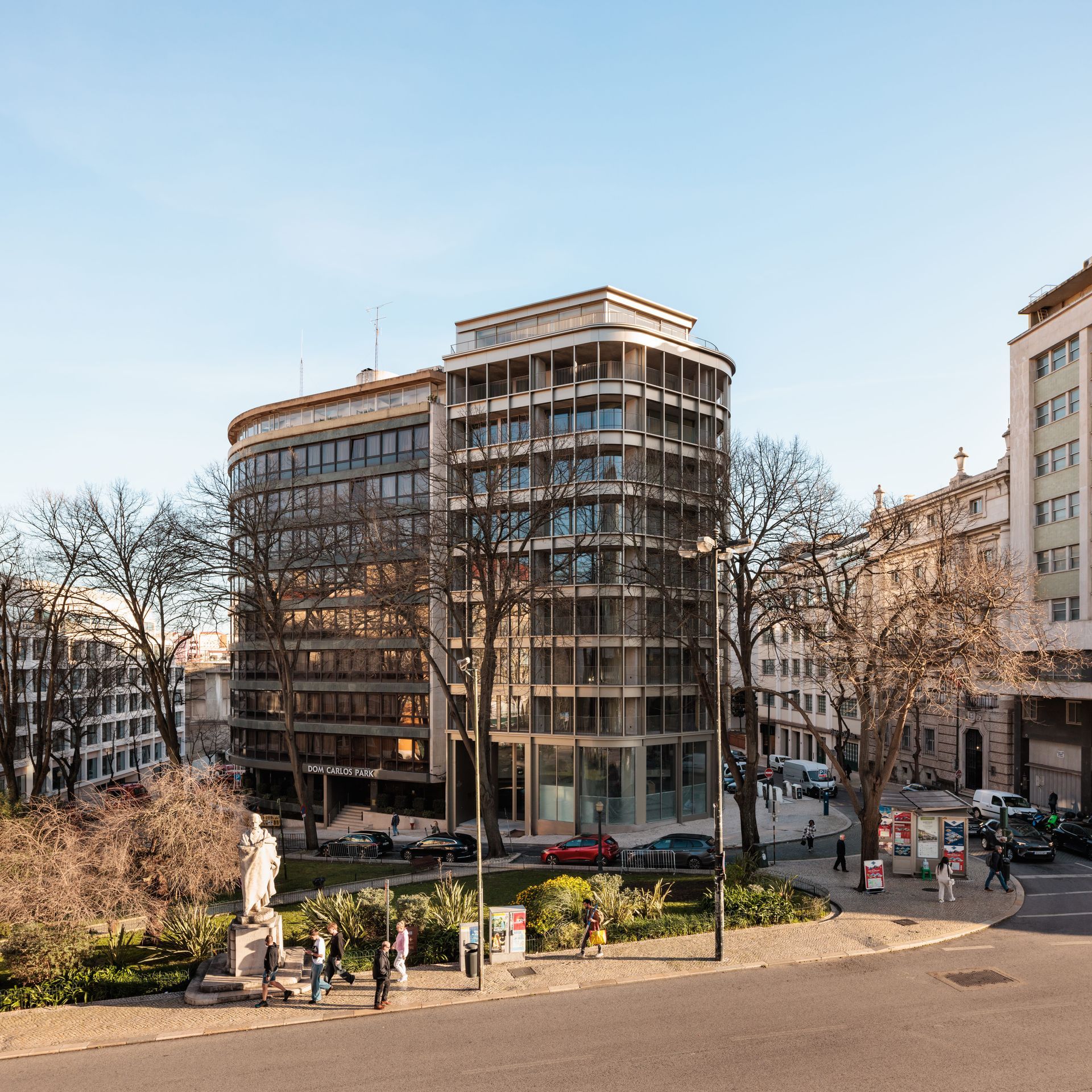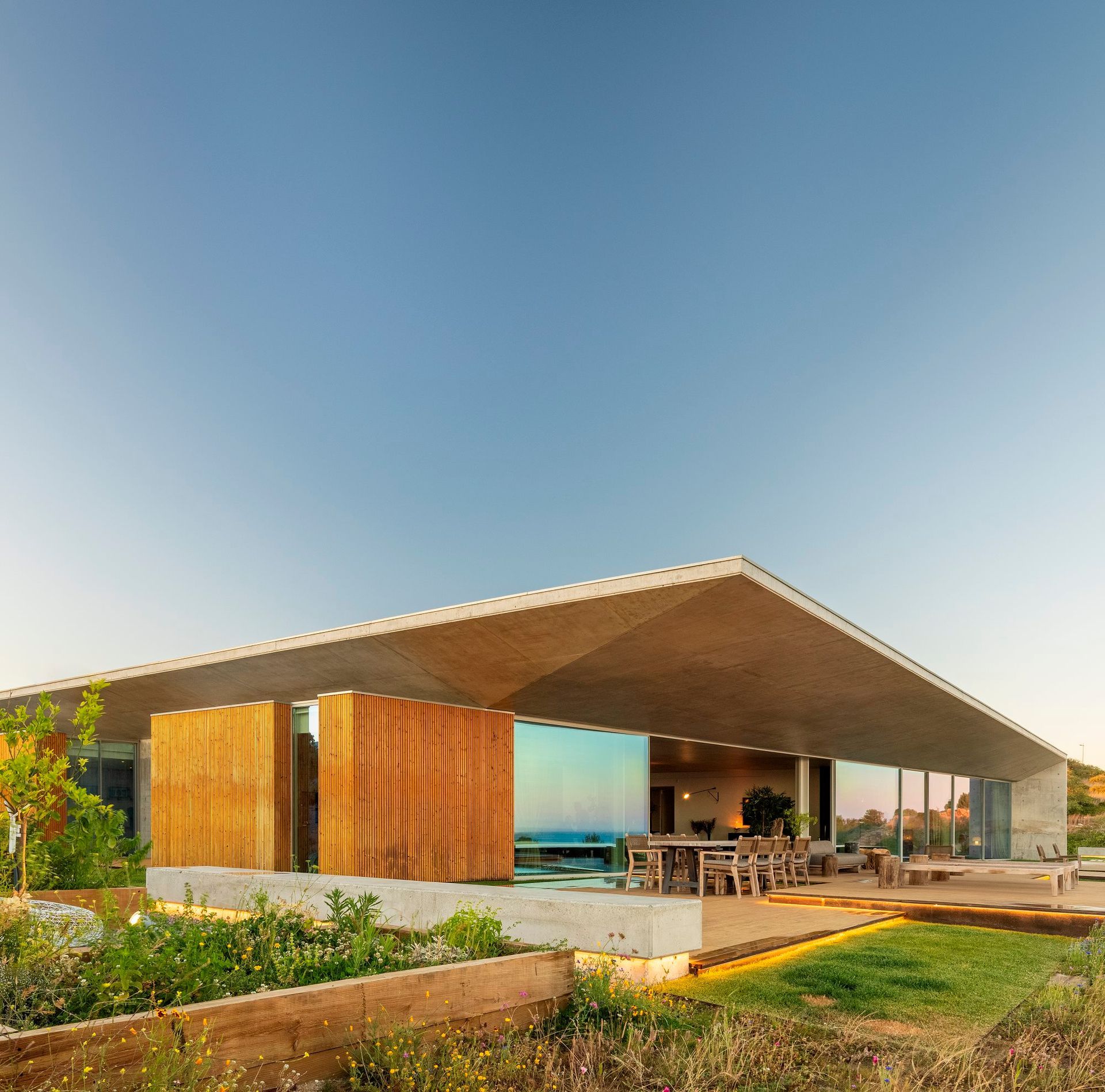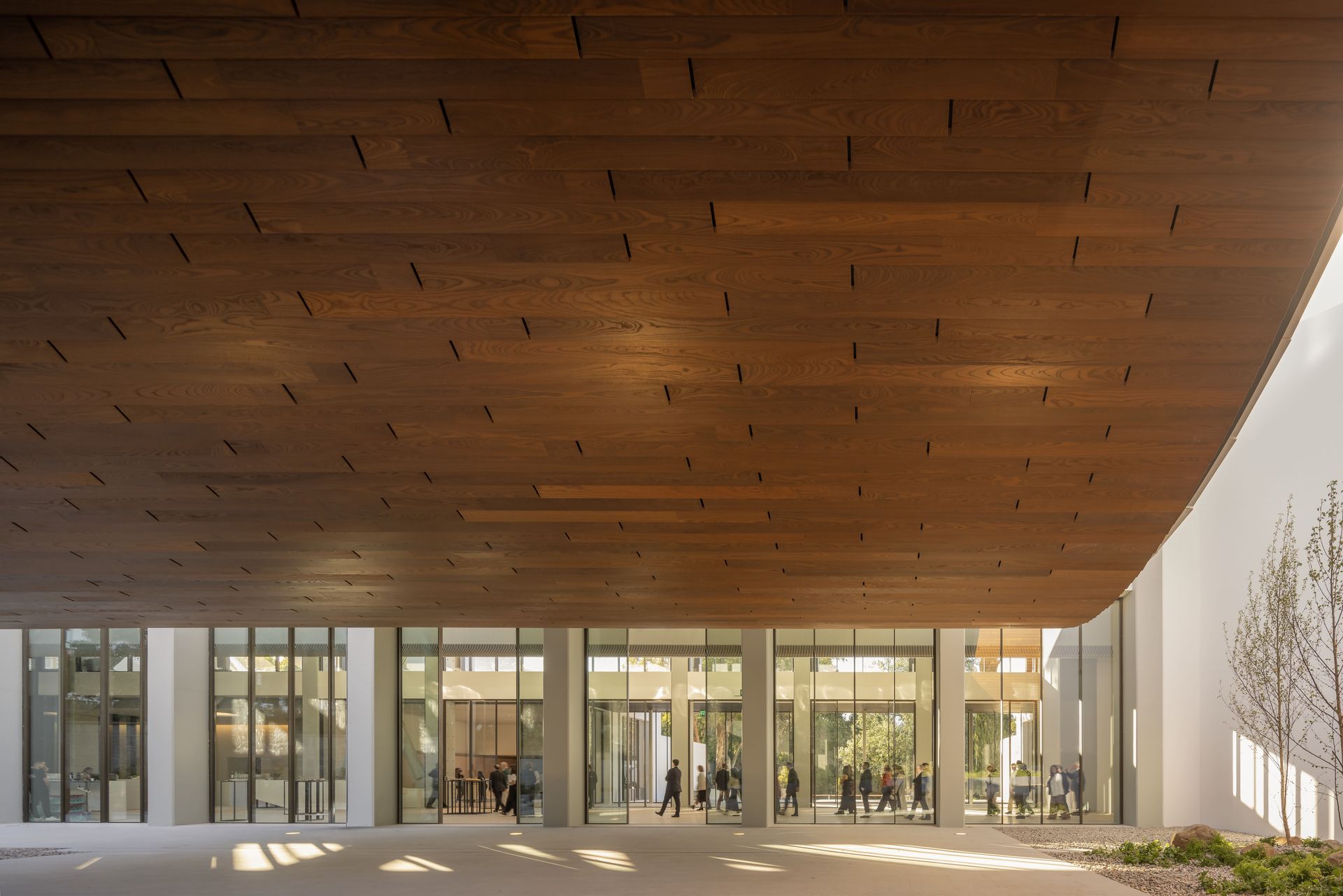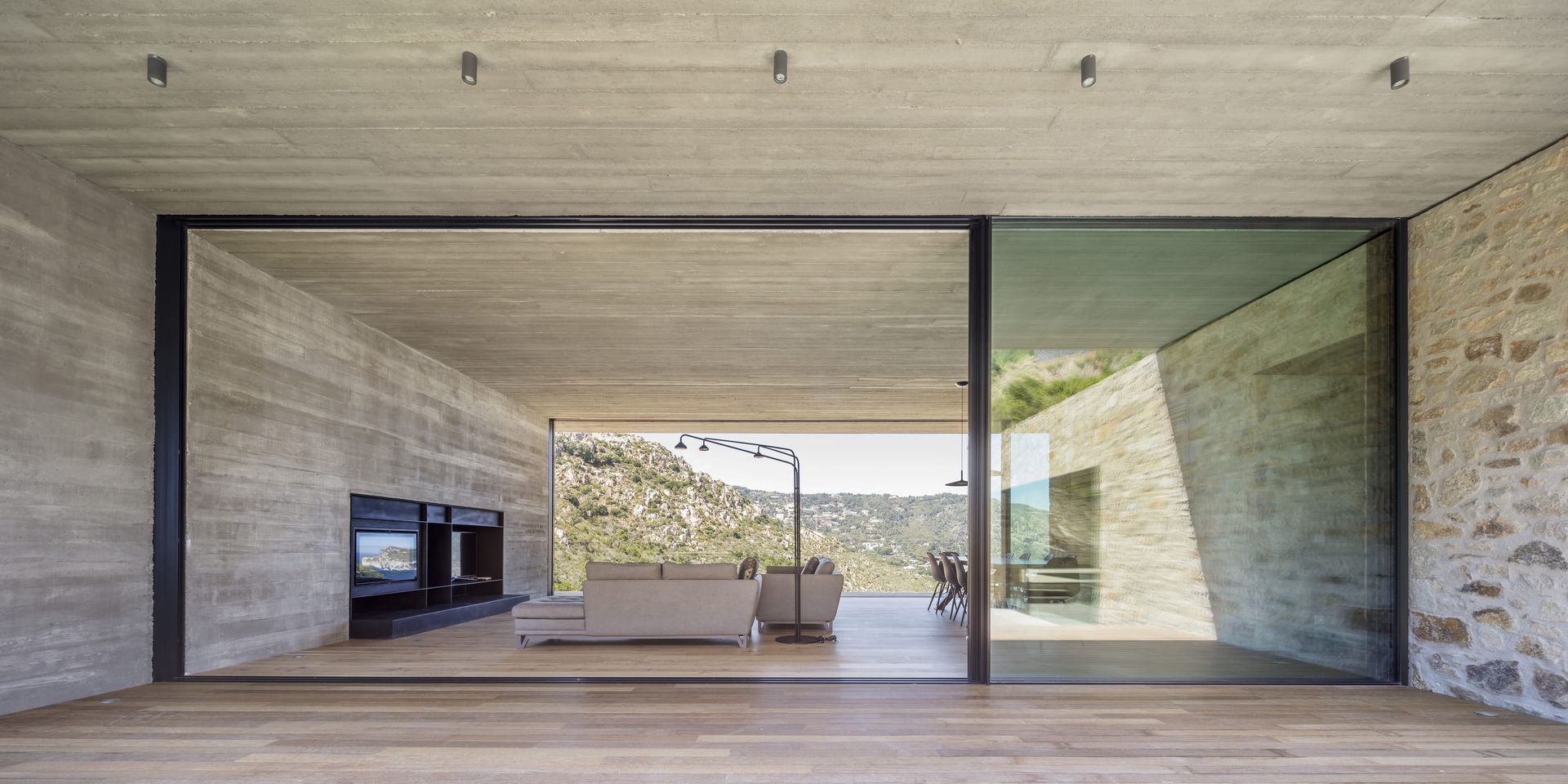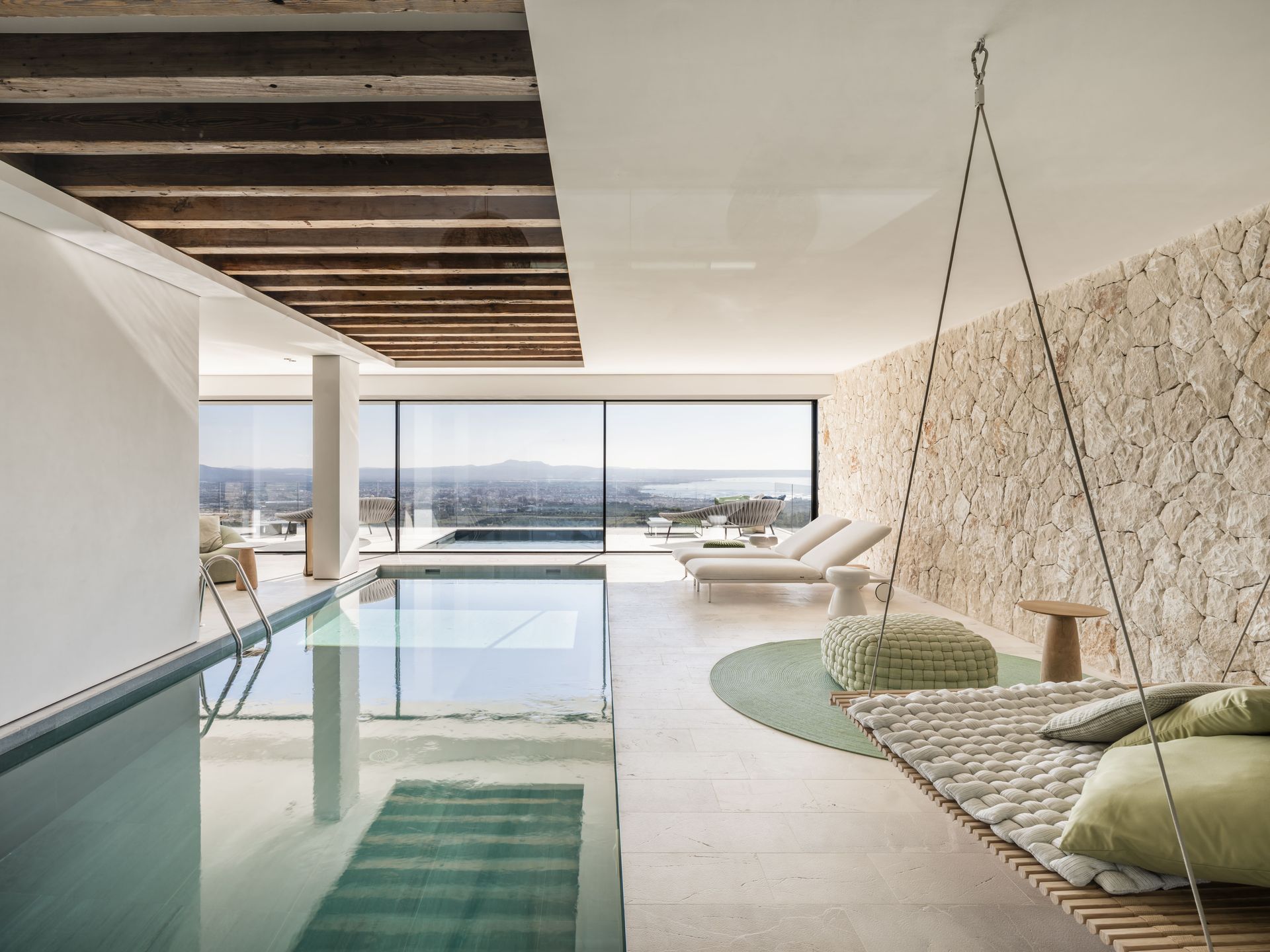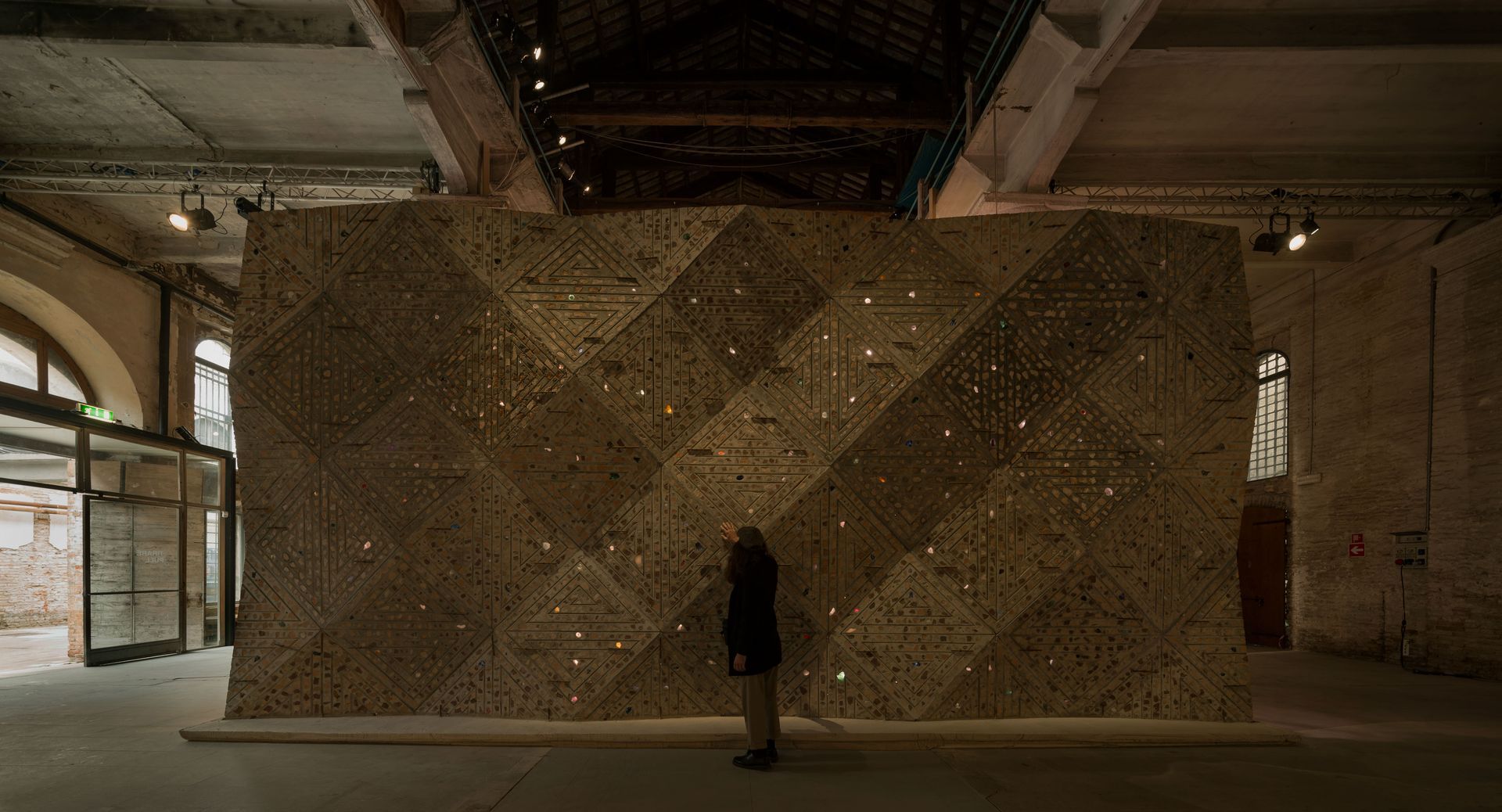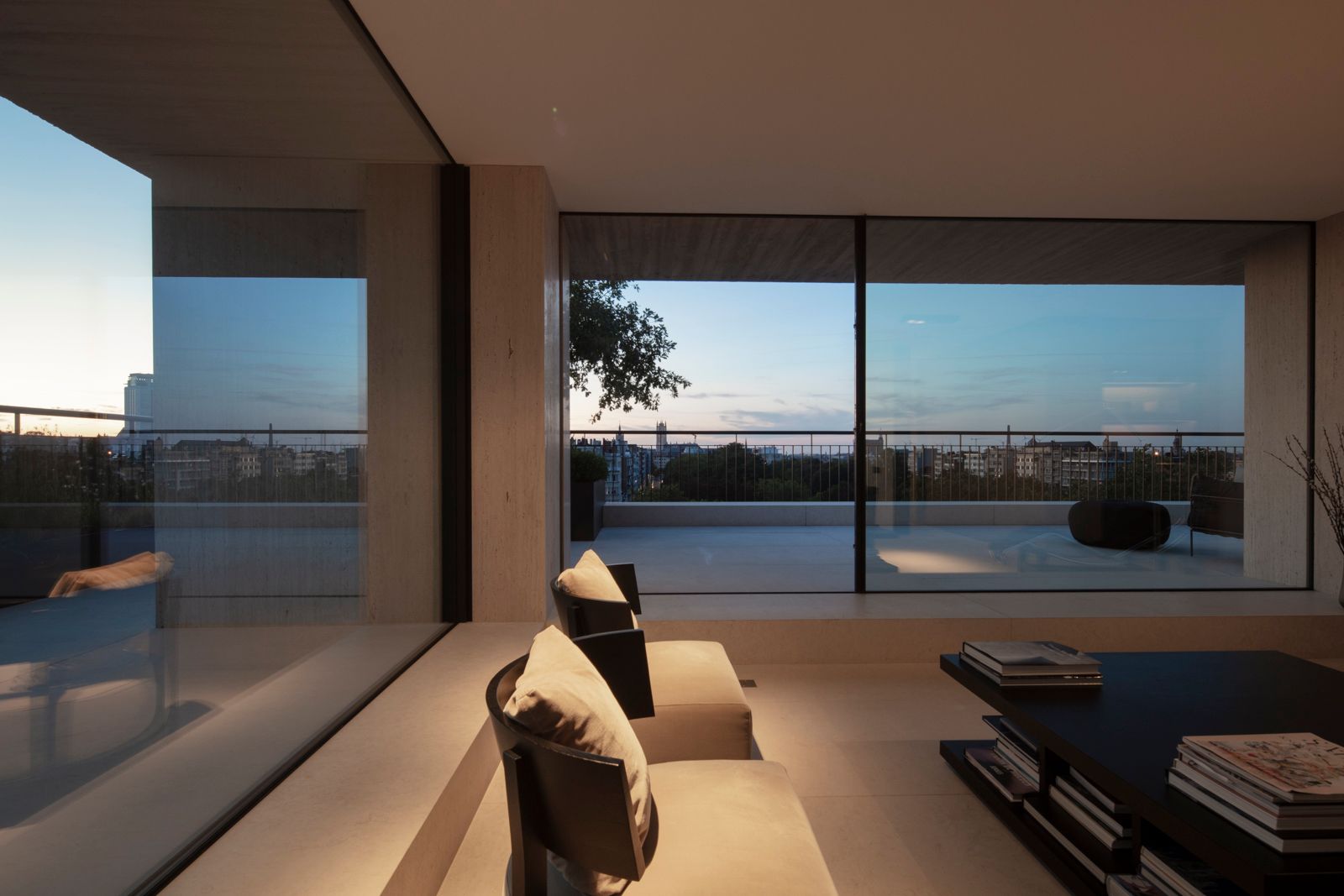Generation Proxima: Portuguese Architects Paving the Way for Sustainable Construction
While living with the constant concern of a possible environmental crisis, seven pioneering Portuguese architecture studios have risen, championing innovation and sustainability as their guiding principles. These visionaries are reshaping the architectural landscape, steering it towards eco-conscious practices, and redefining our relationship with the planet. The "Generation Proxima" exhibition, curated by Pedro Gadanho, opened on October 2, 2023, at the prestigious Center for Architecture in New York.
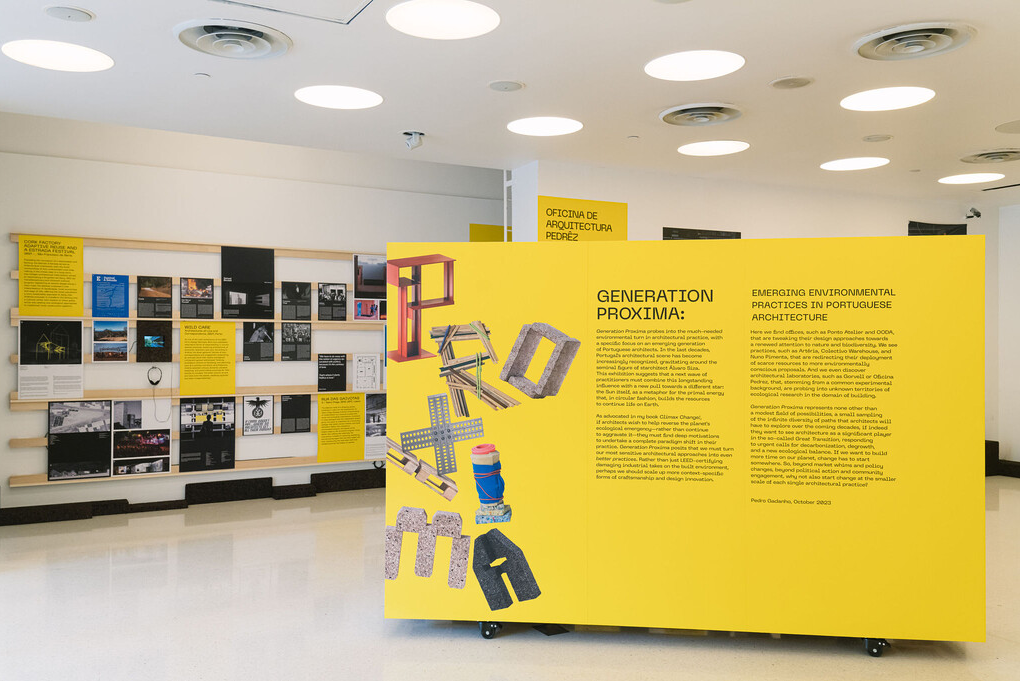
The construction industry contributes a significant 39% to annual global CO2 emissions. In response to this alarming figure, architects worldwide are being urged to respond with innovative solutions to address the urgent ecological crisis.

This groundbreaking exhibition spotlighted seven remarkable Portuguese architecture studios: Artéria, Colectivo Warehouse, Gorvell, Nuno Pimenta, Oficina Pedrez, OODA, and Ponto Atelier. These firms are at the forefront of a movement, embracing environmentally-oriented practices and paving the way for a greener, more sustainable future.
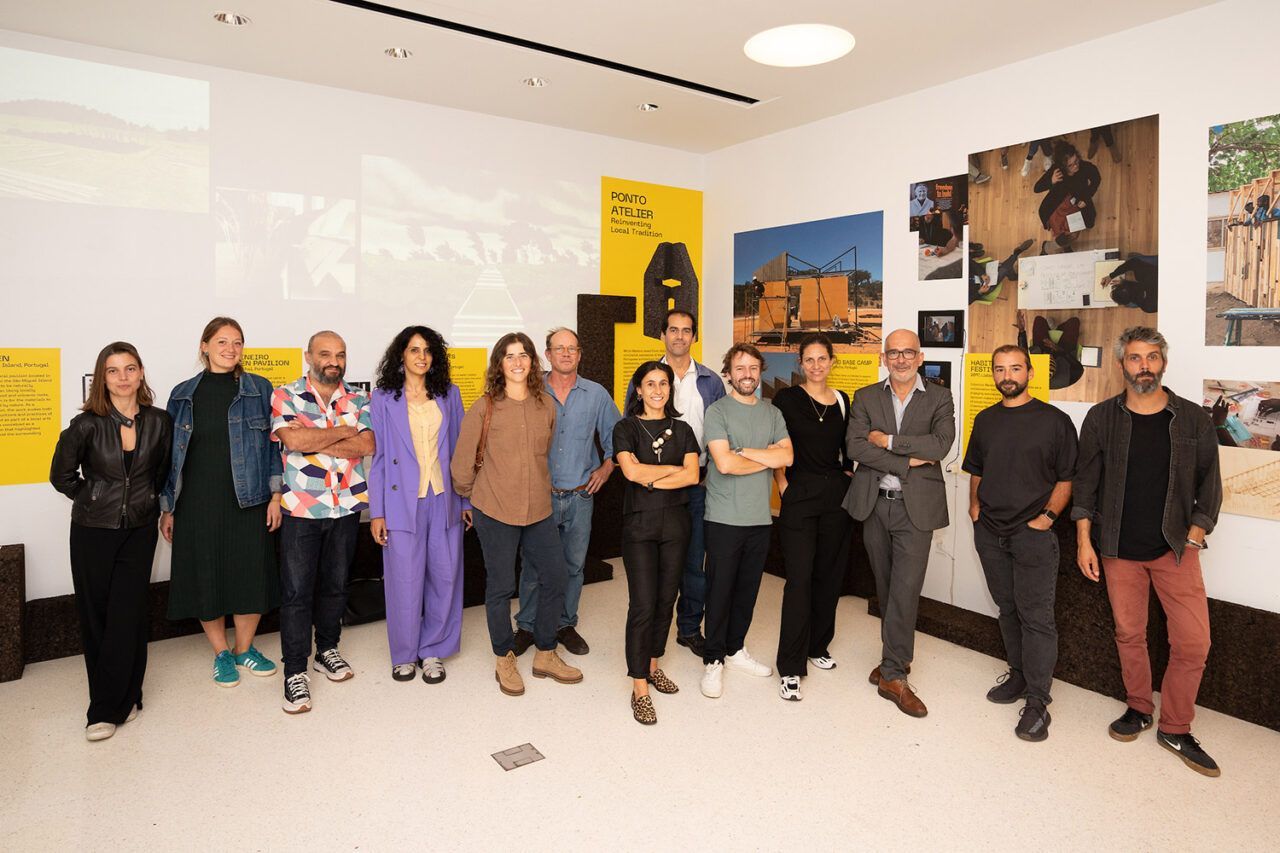
Central to the exhibition's vision is OTIIMA, a key benefactor and a leading advocate for sustainable architecture. OTIIMA's support amplifies the impact of these pioneering architects. Like "Generation Proxima," OTIIMA envisions a world where architecture marries functionality with environmental responsibility. Their commitment to innovative, eco-conscious designs echoes the exhibition's ethos, pushing boundaries and fostering a harmonious coexistence between architecture and the planet.
Read also - Revitalizing Heritage Architecture: Dyson Global HQ Featuring OTIIMA Minimalist Windows
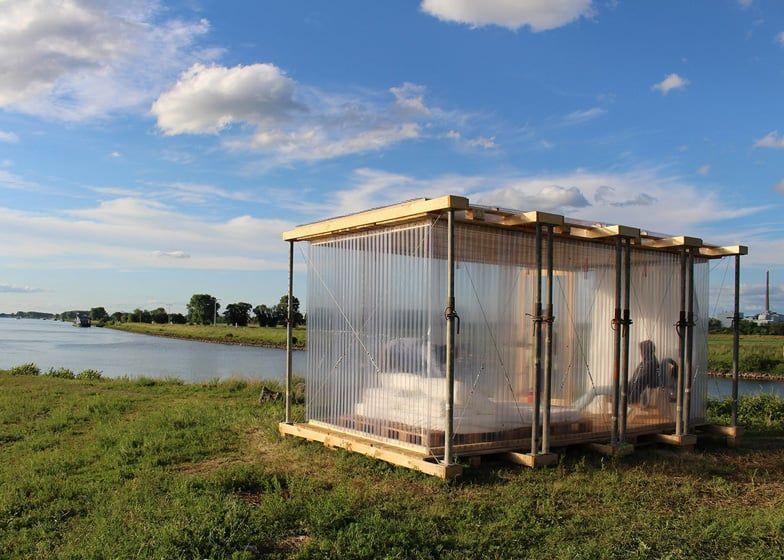
The Hedonist by Nuno Pimenta
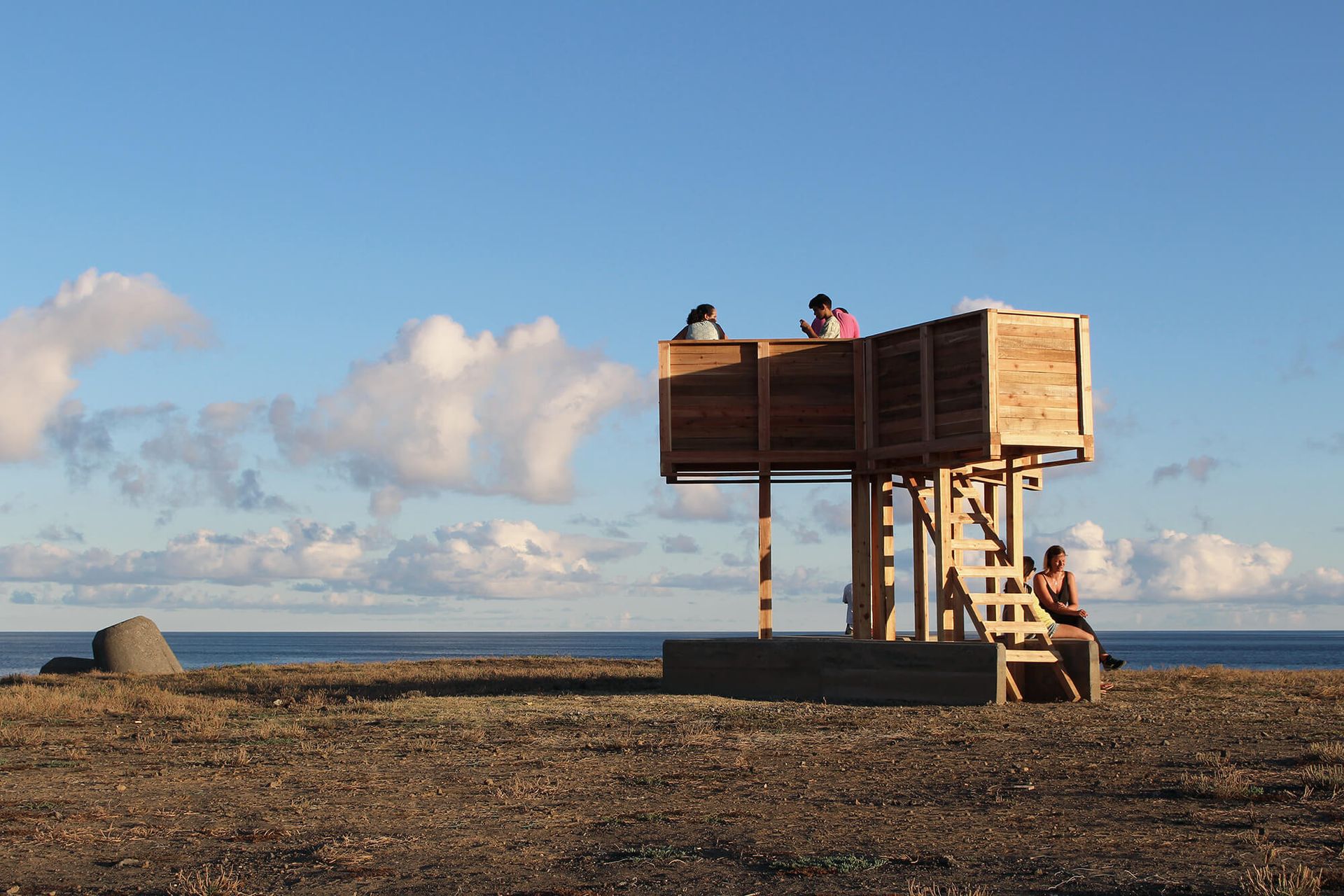
Two Manifolds by Nuno Pimenta
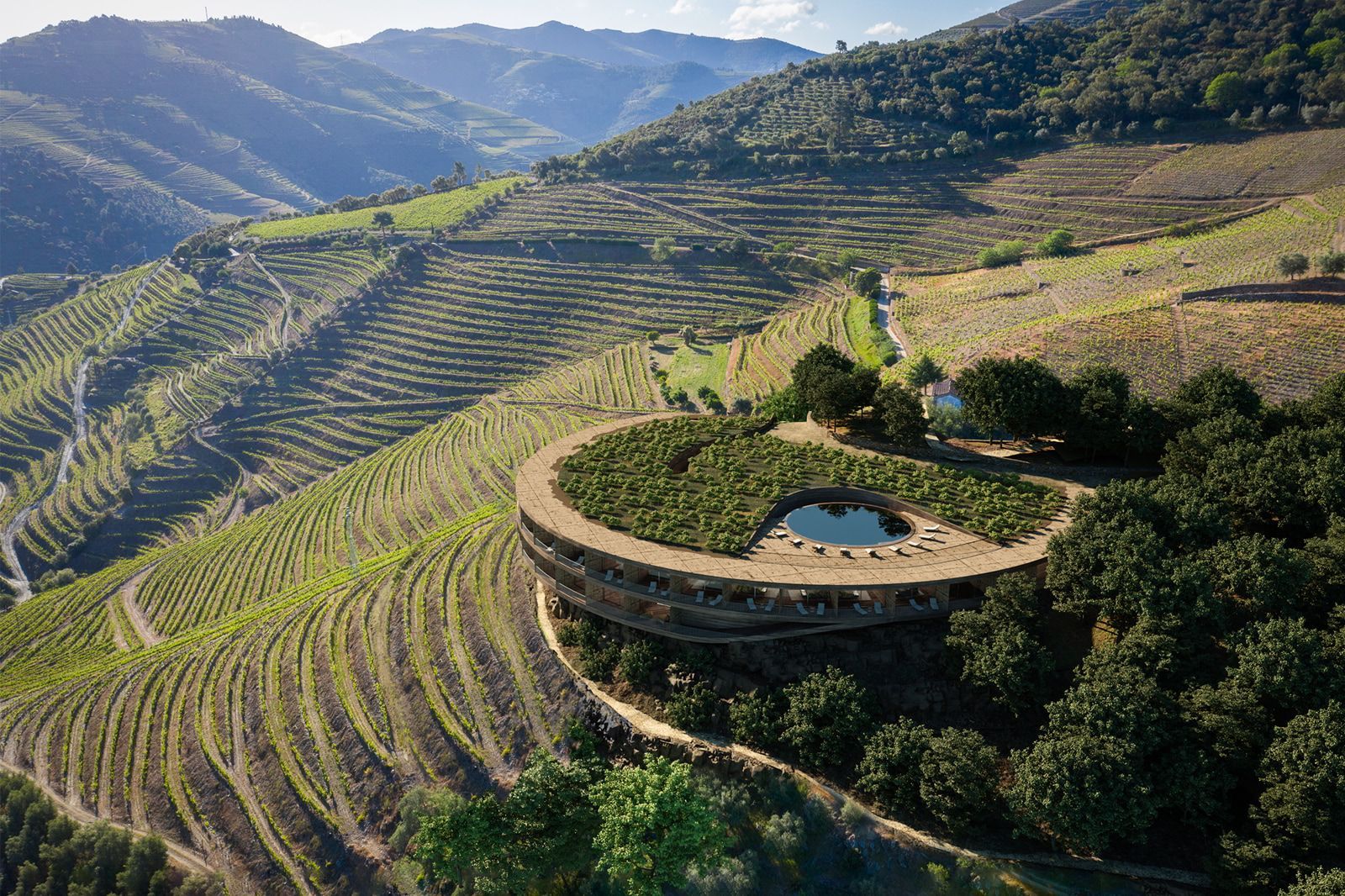
Douro Hotel Winery by OODA
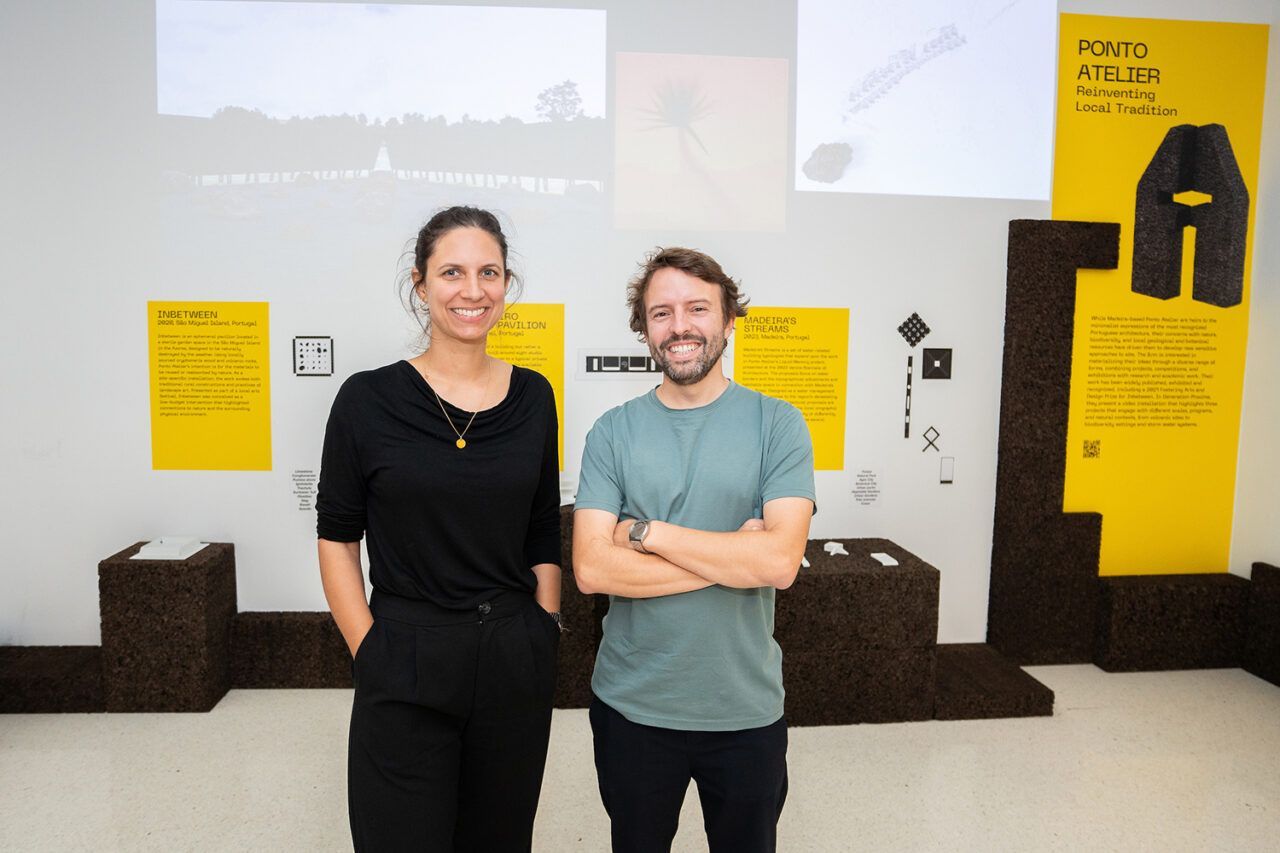
Ponto Atelier
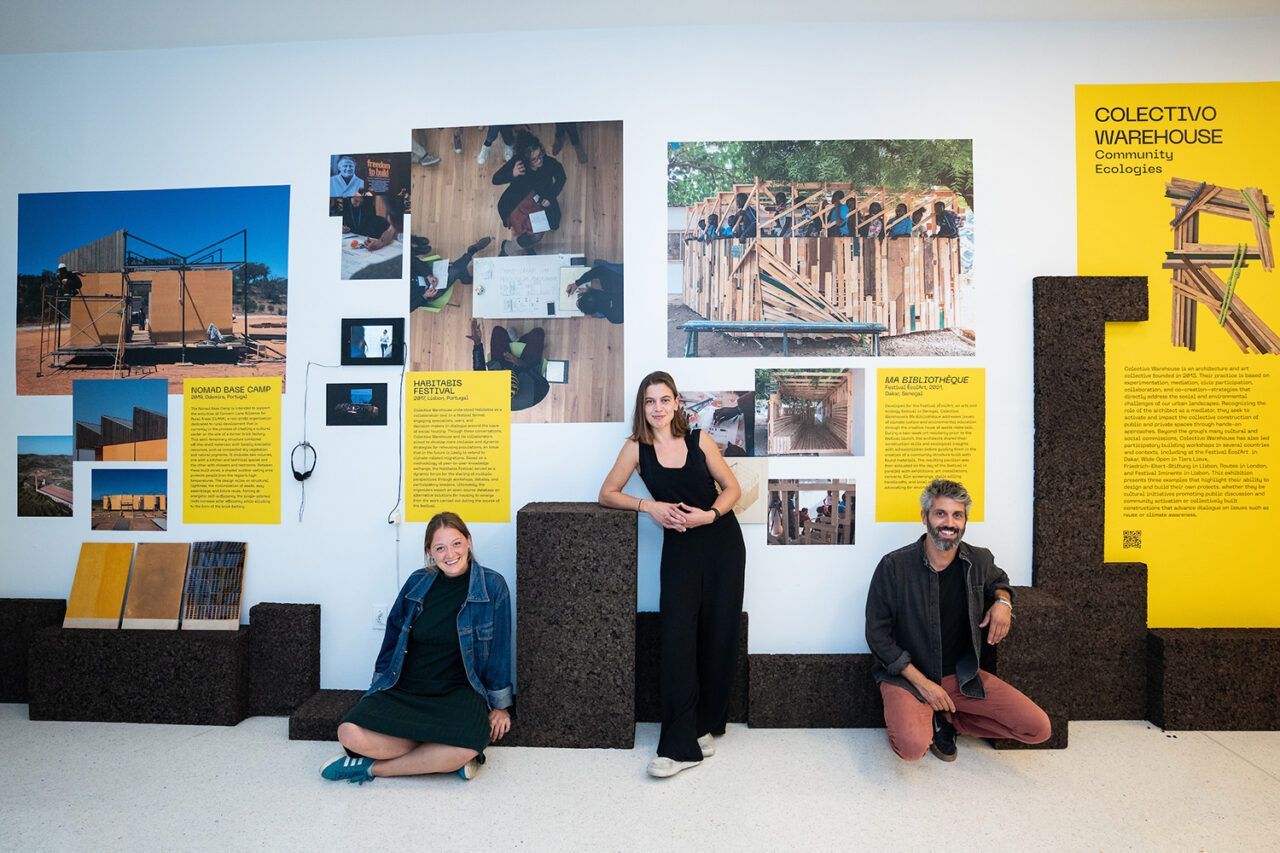
Colectivo Warehouse
The exhibition, a testament to Portugal's architectural ingenuity, will be open until March 23, 2024. We invite you to immerse yourself in this transformative experience, witnessing firsthand the innovative solutions shaping the future of architecture. Join us at the Center for Architecture and become a part of this global movement towards a more sustainable and equitable world. Together, we can build structures and a legacy of environmental responsibility for future generations.
